Lake Invaders
Invasive Species
Kevin Rose | Smithsonian Environmental Research Center
What are invasive species?
Invasive species are plants or animals that are introduced to an environment and later thrive and displace native plants or animals. Invasive species transform our natural world and incur huge economic costs. It is estimated, for example, that invasive plants and animals cost the U.S. over $100 billion annually.
Invasive plants or animals can be transported either intentionally or unintentionally. Most invasions occur unintentionally. Human travel by land, boat, and plane rapidly moves plants and animals around the world every day in luggage and cargo containers. Usually, the plants or animals don’t survive the journey. Occasionally, they survive and are assimilated into the environment, becoming part of the natural world and achieving a balance with other species. Dandelions are a good example of this. Dandelions are native to Europe and Asia and were introduced in the U.S. over 100 years ago. Today, this “exotic” species is found in many parts of the country, living in balance with many other native species.
Occasionally, transported species are released in new habitats where they can grow and reproduce better than native plants and animals. In this situation, they have devastating effects on ecosystems and are called invasives.
What’s the danger with invasive species?
It is difficult to predict what species will become invasive and what will either die out or achieve a balance with other native species. Invasions are occurring faster than ever before because people travel more than ever before. Thus, there are more chances for invasions to occur than what would be possible naturally or even 100 years ago. Once an invasive species gains a foothold in a new landscape, it is usually extremely difficult to control its spread. Because invasive species can out-compete native species, there are many examples of native species going extinct after an invasion occurs.
What can be done to prevent invasive species?
Invasions can occur in many places and over many distances, from across continents to across the street. Some countries, such as New Zealand, take many precautions to protect their native species and prevent invasions by screening all incoming luggage and cargo. However, many places don’t have the capability to monitor all transported goods. For example, boats can quickly transport plants, plankton, fish, mussels, or clams from one lake to another when they unintentionally carry these species along with them. Even moving firewood from one place to another can spread invasive species that might otherwise be limited by natural boundaries such as a mountains or rivers. To prevent invasions we need to be vigilant of plants, seeds, or animals we may be transporting along with us as we travel.





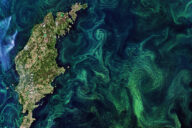
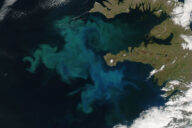
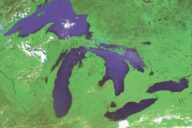
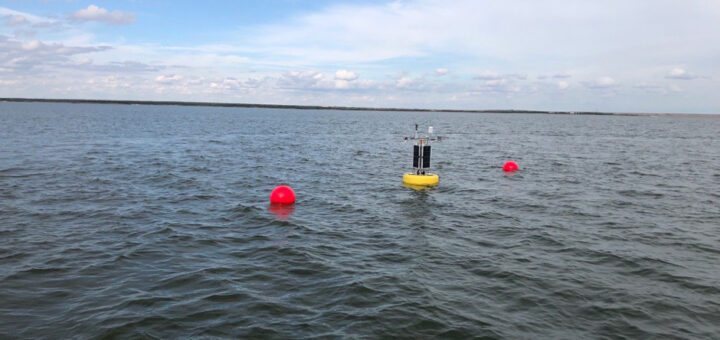
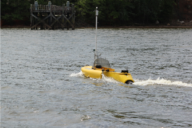
[…] lampreys are an invasive species inhabiting the Great Lakes to the tune of some 400,000. They are believed to have made it into the […]
[…] to buoys, boats, water intakes and other structures, complicating equipment operation. Though they filter water quite efficiently, zebra mussels can rob water of nutrients that aquatic species and plants need to […]
[…] province has since shifted its focus to monitoring Lake Winnipeg and trying to keep other invasive species out. These efforts include boat checks and inspections, as well as continuing work in the middle of […]
[…] lakes that had high numbers of spiny water fleas, a chief predator of Daphnia, populations of the native water flea were even lower. Scientists also […]
[…] as clearness has dropped from 100 feet to a relatively stable 70 feet in the past 55 years. Invasive crayfish in Lake Tahoe, which have populations nearing 300 million, could also be grazing on the […]
[…] established within the Great Lakes basin in the past two centuries. These include the likes of the Eurasian Ruffe, Round Goby and Zebra Mussel. The incursions of these and other invasive species were linked to […]
[…] species has had on one lake in the Great Lakes region. Now consider that there are 180 nuisance invasives that have entered the Great Lakes and the multiplying effect of all those becomes pretty staggering […]
[…] from Asian Carp has been detected in Lake Erie. It is feared that if the Asian Carp, an invasive species, gains a foothold in the Great Lakes it may do millions of dollars of […]
[…] signal crayfish, an invasive species in Lake Tahoe, is a threat to the lake’s renowned clarity and cobalt-blue color. The crayfish […]